Plastic Extrusion Mold Design & Manufacturing
Discover expert plastic extrusion mold design and manufacturing services tailored to your needs. We provide high-quality, durable molds for various industries, ensuring precision and efficiency in every project. Contact us today for a consultation!
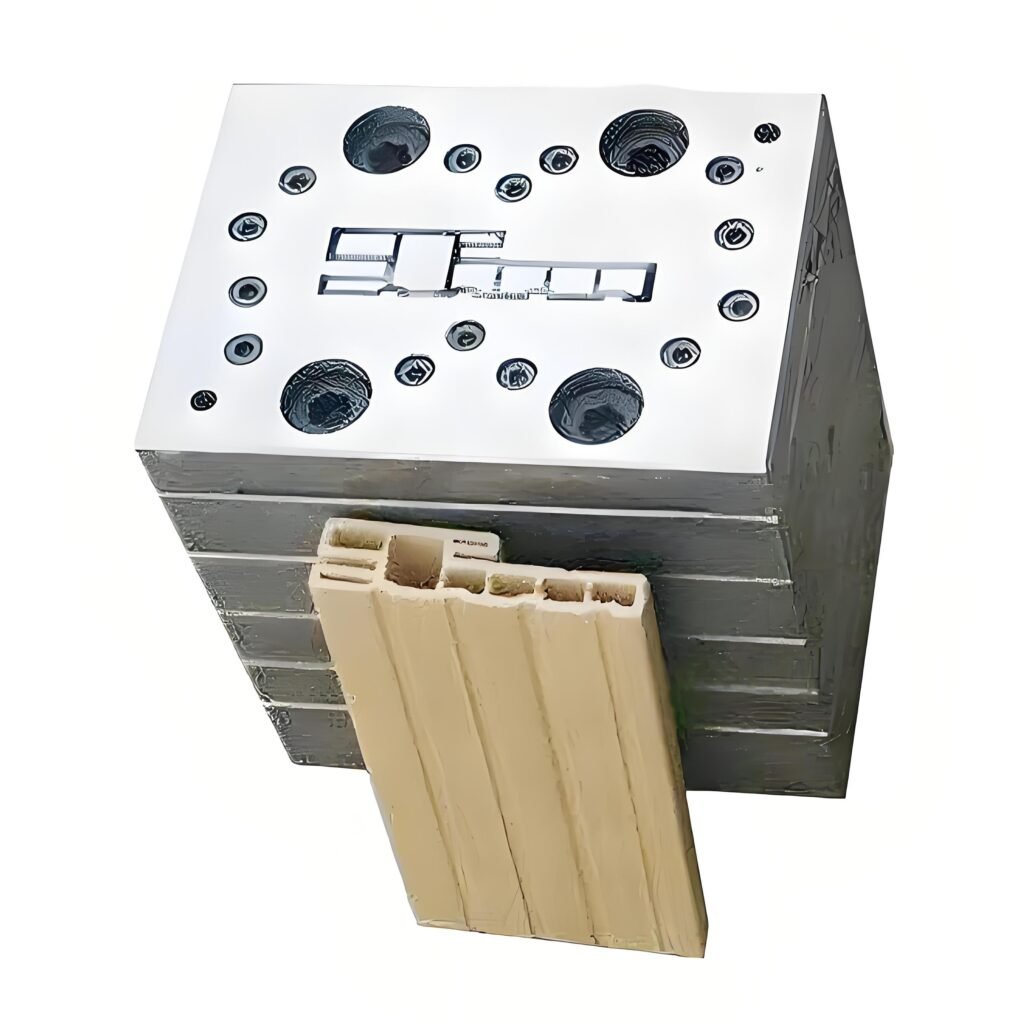
The Complete Guide to Extrusion Mold Design & Manufacturing
What Are Extrusion Molds and How Do They Work?
Plastic extrusion molds, also known as dies, are super important in the plastic extrusion process. Plastic extrusion is a way to make long shapes out of plastic. It’s used to make things like pipes, sheets, and custom shapes. People use it in construction, packaging, and cars.
What Are Plastic Extrusion Molds?
A plastic extrusion mold is a metal tool that shapes molten plastic into a specific cross-sectional profile. These molds are made from steel or aluminum and can handle the high temperatures and pressures of the extrusion process.
The design of the mold, or die, determines the final shape of the extruded product, making it a critical factor in achieving the desired dimensions and quality.
Components of Plastic Extrusion Molds
The effectiveness of an extrusion system depends on several critical components:
① Hopper: Feeds raw materials into the extruder.
② Screw: Rotates to transport and melt the plastic material within the barrel.
③ Barrel: Heats the plastic to its melting point and maintains it in a molten state.
④ Die (Extrusion Mold): Shapes the molten plastic into a continuous profile as it exits the extruder.
⑤ Cooling System: Ensures proper solidification of the extruded material.
⑥ Puller or Conveyor System: Maintains a consistent speed to prevent deformation during cooling.
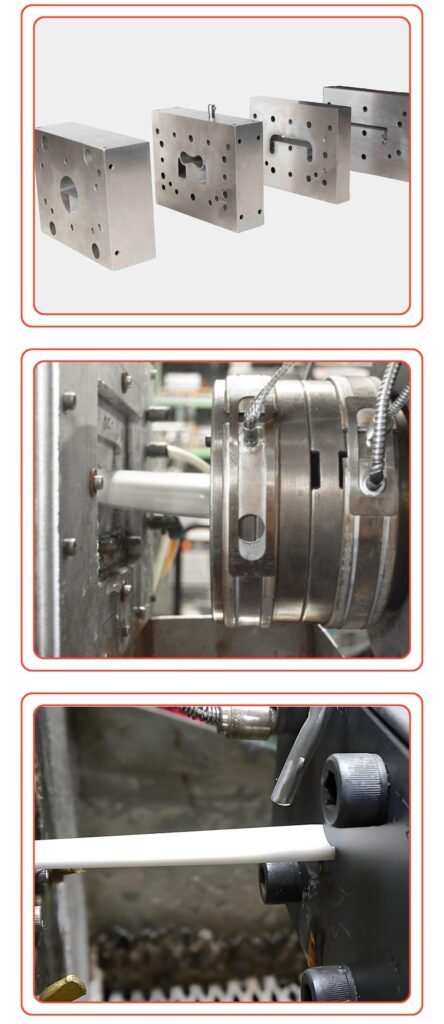
How Do Plastic Extrusion Molds Work?
The plastic extrusion process takes raw plastic materials and turns them into finished products by heating, shaping, and cooling them. Here’s how it works:
1. Material Feeding:
Raw plastic, typically in the form of pellets or granules, is loaded into a hopper. At this stage, additives such as colorants, stabilizers, or fillers may be mixed in to enhance properties like color, strength, or UV resistance.
2. Melting:
The plastic material is then fed into a heated barrel, where a rotating screw melts it. Heat is generated both by the friction from the screw and by external heaters. The barrel temperature is generally set between 200 and 275 degrees Celsius, depending on the plastic type.
3. Shaping:
The molten plastic is pushed through a die, also known as the extrusion mold. This die gives the material its desired shape. The extrusion process offers a great deal of flexibility, allowing for various shapes, such as pipes, sheets, or custom designs.
4. Cooling:
Once the plastic exits the die, it is quickly cooled by air, water baths, or cooling rolls. This rapid cooling process solidifies the material and locks it into the intended shape.
5. Cutting:
The cooled and solidified extruded material is then cut to the required length. It may be cut into specific sizes or wound into rolls, depending on the application.
6. Finishing:
After cutting, additional processes like surface treatment, trimming, or further shaping may be performed, depending on the product’s intended use and specifications.
What Are the Different Types of Extrusion Molds?
There are many different types of plastic extrusion molds, each designed for specific industrial and product needs. These molds are crucial for shaping raw plastic into precise profiles, sheets, or films. Here is a summary of the various types of plastic extrusion molds:
1. Single-Screw Dies:
Single screw dies are the most common extrusion molds. They are perfect for making pipes, tubes, and profiles. They are cheap and can be used to extrude many different plastics like PVC, PE, PP, and ABS. This makes them great for big production runs.
2. Twin-Screw Dies:
Twin-screw dies use two screws for intense mixing and melting, making them good for making complex shapes or products with lots of filler. These dies are often used in applications like multi-lumen tubes or medical devices like catheters, where you want to control the material really well.
3. Co-Extrusion Dies:
Co-extrusion dies are designed to extrude multiple layers of plastic at the same time. This lets you make products with special features like barrier layers or insulation. People use these molds a lot for packaging materials. They can put together plastics with different melting points or properties to make things work better.
4. Micro-Extrusion Dies:
Micro-extrusion dies are designed to make small, precise parts like medical devices and electronics. They make parts that are very accurate and are often used with special plastics like PEEK and Teflon. They are great for making parts that have very small sizes and shapes.
5. Flat Film and Sheet Dies:
Flat film and sheet dies make wide, thin sheets or films, often used in packaging, laminates, and thermoforming. These molds give you uniform thickness through adjustable flow channels and work with materials like PET, PE, and PVC.
6. Blown Film Dies:
Blown film dies are used to make tubular films that are blown up with air. These are great for making plastic bags, shrink wraps, and stretch films. Because they are round, they make the film the same thickness all the way around. They can make LDPE, HDPE, and PP.
7. Pipe and Tube Dies:
Pipe and tube dies are made to make hollow cylindrical profiles like plumbing pipes and medical tubing. They have adjustable die gaps to change the wall thickness. They work with materials like PVC, HDPE, and PP.
8. Profile Extrusion Dies:
Profile extrusion dies are used to make complex shapes like window frames and automotive trims. They’re great at making precise molds of complicated cross-sections and work well with materials like ABS, PVC, and TPE, which are used in industrial and construction applications.
9. Wire and Cable Coating Dies:
Wire and cable coating dies are used to encase wires or cables in protective plastic layers, which provide insulation for electrical wiring and fiber optics. These molds are designed to handle high-temperature materials such as PVC and XLPE while ensuring smooth and durable finishes.
10. Extrusion Blow Molds:
Extrusion blow molds make hollow containers like bottles and fuel tanks by forming and blowing up a molten plastic parison. With precise temperature control to make sure the walls are the same thickness all around, they work great with PET, HDPE, and PP.
11. Annular Dies:
Annular dies make circular shapes like rings and hollow tubes. They’re good for things like gaskets and seals. They make things that are the right size. They’re good for strong plastics like Nylon and reinforced PP.
12. Sheet Coating Dies:
Sheet coating dies are used to apply thin plastic layers for lamination or coating purposes. They are used in decorative films and barrier applications. These dies are highly precise and compatible with materials such as TPU, EVA, and PE. They ensure that the coatings are even and long-lasting.
13. Multi-Layer Extrusion Dies:
Multi-layer extrusion dies are used to combine multiple materials in a single process, creating products with improved properties such as packaging films or automotive panels. These dies are excellent at combining advanced materials like EVOH, Nylon, and PE, ensuring better performance for specialized applications.
Extrusion Die Design Guidelines
Effective extrusion die design is essential for producing high-quality plastic products with consistency and efficiency. Below is a consolidated and detailed set of guidelines covering all aspects of extrusion die design:
1. Die Design Principles:
① Consistency and Efficiency: Ensure the die produces a uniform and consistent product, minimizes material waste, and reduces production downtime.
② Durability: Design to withstand operational stresses, including high temperatures and pressures, ensuring longevity and reliability.
2. Material Selection:
① Durability and Resistance: Use high-quality materials like hardened steel or tungsten carbide for wear resistance and thermal stability.
② Corrosion Resistance: Select materials resistant to corrosive environments, especially for processing aggressive plastics like PVC.
3. Die Geometry and Flow Channel Design:
① Streamlined Design: Flow channels should be symmetric and smooth, avoiding stagnant areas to ensure even material distribution and reduce defects like warping or uneven thickness.
② Gradual Transitions: Incorporate gradual transitions in the die shape to minimize material stress and prevent defects in the extruded product.
4. Land Length and Clearance:
① Optimal Land Length: Maintain a land length approximately 10 times the land clearance to stabilize flow and ensure consistent dimensions.
② Uniform Cross-Section: The die must maintain a constant cross-section to avoid thickness variations in the extrudate.
5. Die Gap Adjustment:
Adjustable Design: Incorporate adjustable gaps to allow fine-tuning of material thickness during operation, accommodating varying viscosities and production requirements.
6. Thermal Management and Cooling Systems:
① Temperature Control: Uniform heating and cooling zones prevent thermal gradients and warping, maintaining product integrity.
② Integrated Cooling: Use water or air-based cooling systems to stabilize die temperature and prevent overheating.
7. Venting Systems:
Air Release: Add venting channels to eliminate trapped air, ensuring a smooth surface finish and preventing defects like voids or air pockets.
8. Surface Finish and Coating:
Smooth Interior Surfaces: Apply surface treatments (e.g., chrome plating or nitride coatings) and achieve a mirror-like finish to reduce friction, improve material flow, and extend die life.
9. Modular and Maintenance-Friendly Design:
① Ease of Maintenance: Employ modular designs for easier disassembly, cleaning, and component replacement, minimizing downtime.
② Durable Components: Include replaceable wear parts to reduce long-term maintenance costs.
10. Simulation and Testing:
① CFD Simulation: Use advanced simulation software to analyze flow patterns, optimize geometries, and predict performance.
② Prototype Testing: Conduct thorough testing to identify and rectify potential issues before full-scale production.

11. Die Alignment:
Precision Alignment: Ensure proper alignment between the die, extruder, and downstream equipment to avoid material waste, uneven flow, and product defects.
12. Design for Manufacturability:
① Simplified Design: Avoid overly complex geometries that complicate assembly and calibration. Simple designs improve manufacturability and reliability.
② Fit and Integration: Test custom extrusions for compatibility with other components to ensure seamless integration.
13. Cleaning and Maintenance Considerations:
① Easy Cleaning Systems: Design dies to include accessible cleaning mechanisms to remove residues and prevent contamination.
② Scheduled Maintenance: Establish regular inspection and cleaning schedules to ensure optimal die performance and product quality.
14. Advanced Design Practices:
① Clear Design Philosophy: Focus on simplicity, efficiency, and minimizing waste.
② Software Utilization: Leverage specialized software to accommodate specific product requirements and simulate performance under different conditions.
What are the Commonly Used Materials for Extrusion Molds?
Extrusion molding is a versatile manufacturing process for making thermoplastic products. The mold materials used in this process play a big role in determining how good the final product is. Here’s a rundown of the most common materials used for plastic extrusion molds, and what you need to think about when you’re picking the best material for your application.
1. Steel:
Steel is the most widely used material for extrusion molds, known for its exceptional strength, durability, and resistance to wear. High-quality cold work steel offers excellent hardness, making it ideal for high-volume production molds, while hot work steel can endure extreme temperatures, ensuring longevity in thermal stress environments. Alloy tool steels provide a balance of toughness, wear resistance, and machinability, making them versatile for various applications, including molds for PVC, HDPE, and ABS.
2. Aluminum Alloys:
Aluminum alloys are a lightweight and cost-effective option, widely used for prototyping and short production runs. Their excellent thermal conductivity helps reduce cooling times and improve efficiency. While aluminum is easier to machine than steel, it has lower hardness and wear resistance, limiting its use to low-stress applications. It is best suited for molds with simple geometries and low-volume production.
3. Copper and Copper Alloys:
Copper and its alloys, especially beryllium-copper, are valued for their superior thermal conductivity and corrosion resistance. These materials are particularly effective for molds requiring precise temperature control, helping to prevent warping and defects in complex extrusion profiles. Copper-based molds are often used in applications demanding high-quality finishes and consistent temperature management.
4. Titanium Alloys:
Titanium alloys are known for their impressive strength-to-weight ratio and excellent corrosion resistance. They are particularly suited for high-precision molds and specialized applications where strict tolerances are essential. Titanium’s lightweight nature also makes it a good choice for molds used in industries such as medical and aerospace manufacturing.
5. Ceramic Materials:
Ceramic materials are chosen for their exceptional hardness and resistance to high temperatures. These characteristics make them ideal for molds used in extreme conditions, such as high-pressure or high-temperature applications. However, ceramics are brittle, which can limit their use in applications requiring mechanical impact resistance.
6. Plastics and Composite Materials:
Specialized plastics and composites are occasionally used as mold materials when lightweight structures or chemical resistance is required. PTFE (Teflon) is often selected for its non-stick properties, facilitating easy demolding in low-production applications. These materials are cost-effective and provide unique benefits for specific use cases but are generally limited to low-stress environments.
7. Brass and Other Copper Alloys:
Brass, an alloy of copper and zinc, is frequently chosen for its machinability and corrosion resistance. It delivers a high-quality surface finish and is suitable for molds used in low-to-moderate production volumes. Its combination of precision and affordability makes it an attractive option for certain applications.
8. Glass and Silicone:
Glass and silicone are specialized materials used in niche applications requiring high levels of precision, flexibility, or unique surface finishes. Silicone molds are ideal for intricate designs and provide excellent flexibility, while glass molds deliver superior dimensional accuracy but are costly and fragile, limiting their widespread use.
Factors to Consider When Selecting Mold Materials
① Production Volume:
High-volume production molds require materials like tool steels for durability, while low-volume production can utilize aluminum or composite materials.
② Thermal Performance:
Materials like aluminum or copper alloys are preferred for their thermal conductivity, ensuring efficient cooling cycles.
③ Surface Finish:
Brass or stainless steel is excellent for high-quality finishes, while ceramics are ideal for precision.
④ Corrosion Resistance:
Stainless steels, titanium, and copper alloys resist corrosion, essential for medical or food-grade applications.
⑤ Cost and Maintenance:
Aluminum is cost-effective for prototyping, while pre-hardened steels reduce machining time and costs for durable production molds.

How Do Mold Material Properties Impact Mold Design?
Mold material properties are fundamental to the design, performance, and longevity of molds used in injection and extrusion processes. They influence factors such as thermal management, durability, product quality, and manufacturing efficiency. Here’s a comprehensive guide to how these properties impact mold design:
1. Thermal Conductivity:
① Impact: Materials with high thermal conductivity (e.g., aluminum, copper) efficiently dissipate heat, reducing cooling times and preventing issues like warping or distortion in molded parts. Conversely, materials like steel, with lower thermal conductivity, may require additional cooling systems.
② Design Considerations: Use high-conductivity materials for molds prioritizing speed and uniform cooling, but balance with structural reinforcement for durability.
2. Thermal Expansion:
① Impact: Variations in thermal expansion rates can lead to dimensional inaccuracies during temperature changes. Materials like steel or ceramic, with low thermal expansion, provide greater dimensional stability.
② Design Considerations: For high-temperature processes or tight tolerances, select materials with minimal expansion to maintain precision.
3. Strength and Durability:
① Impact: High-strength materials (e.g., hardened steel, titanium) withstand the high pressures and temperatures of injection molding or extrusion. These materials resist deformation, ensuring consistent part quality over extended production cycles.
② Design Considerations: Use durable materials for molds with complex geometries or high-volume production. Consider tool steels like P20 or H13 for their balance of strength and machinability.
4. Wear Resistance:
① Impact: Continuous use and abrasive materials can degrade mold surfaces. Wear-resistant materials reduce maintenance frequency and extend mold life.
② Design Considerations: Opt for coatings (e.g., nitriding, chrome plating) or harder materials when molding abrasive or glass-filled plastics.
5. Corrosion Resistance:
① Impact: Exposure to moisture, chemicals, or corrosive additives in certain plastics can degrade molds, affecting product quality. Stainless steel and coated molds provide enhanced resistance.
② Design Considerations: Use corrosion-resistant materials for molds exposed to reactive environments, or apply protective surface treatments for additional longevity.
6. Machinability:
① Impact: Easier-to-machine materials like aluminum reduce production time and cost but may lack the durability of steel or titanium.
② Design Considerations: For prototype molds or lower-volume runs, machinable materials save time. Production molds may justify the higher machining costs of durable materials.

7. Surface Finish:
① Impact: The mold’s surface quality affects the final product’s aesthetics and ease of release. High-quality finishes minimize defects and reduce cycle times.
② Design Considerations: Select materials that can achieve smooth finishes, like tool steel, for parts with critical aesthetic or functional requirements.
8. Chemical Resistance:
① Impact: Certain plastics or additives can degrade mold surfaces. Materials like stainless steel or titanium withstand chemical exposure, preserving mold integrity.
② Design Considerations: For molds used with chemically aggressive resins, prioritize resistant materials or protective coatings.
9. Cost:
① Impact: Premium materials like hardened steel or titanium increase upfront costs but reduce maintenance and replacement expenses over time.
② Design Considerations: Balance material costs with expected production volume and operational demands to optimize return on investment.
Techniques for Manufacturing Plastic Extrusion Molds
Plastic extrusion molds, also known as extrusion dies, are created using a wide range of techniques to achieve the desired shape, size, and functionality. Below is a comprehensive overview of the most commonly used manufacturing techniques, combining key details for better understanding:
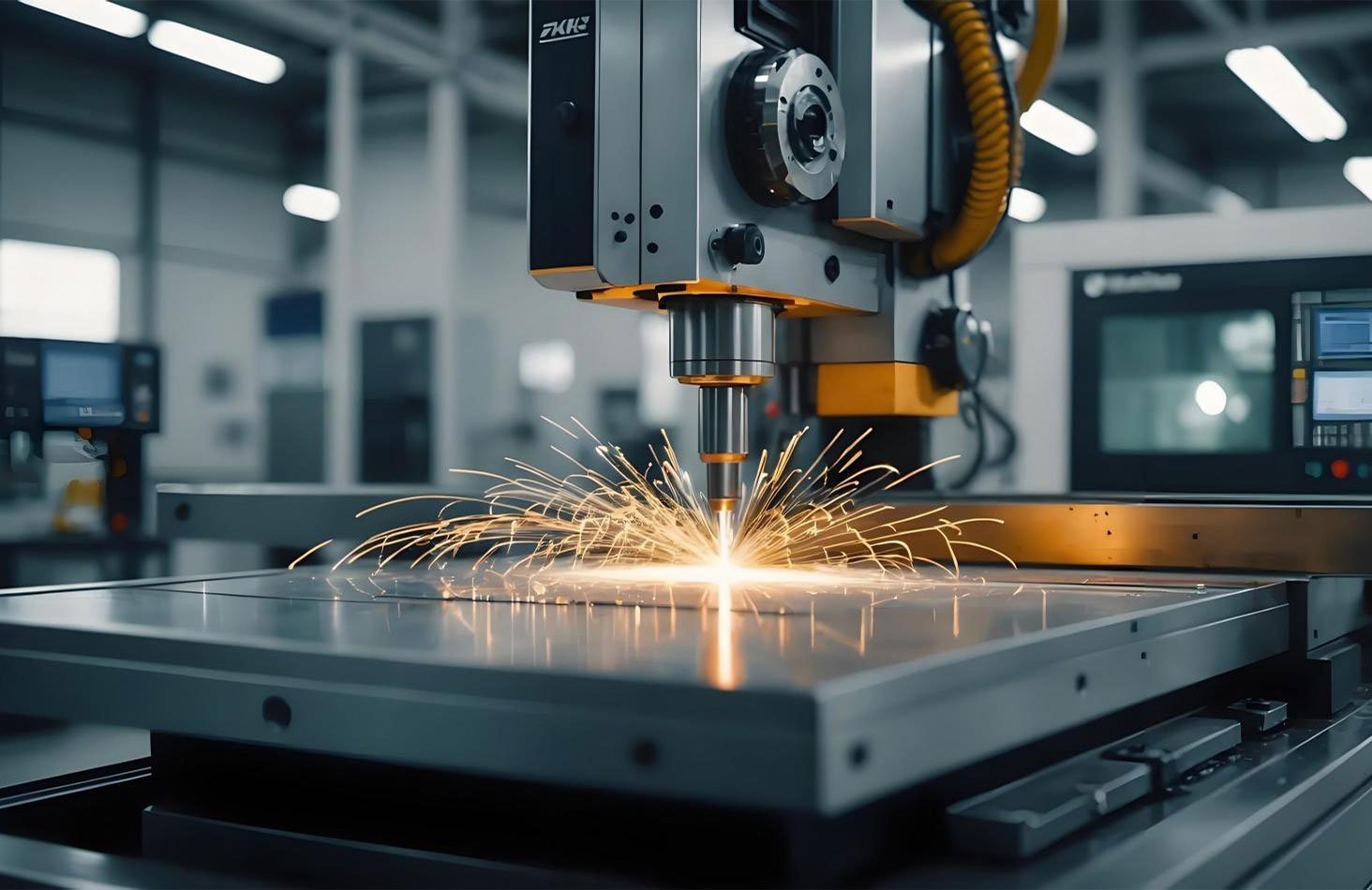
1. CNC Machining:
CNC machining uses computer-controlled cutting tools to precisely shape mold materials such as steel or aluminum. It is highly accurate and capable of achieving tight tolerances, making it ideal for creating primary mold components and external geometries with precision and consistency.

2. EDM:
EDM employs electrical discharges to erode material, enabling the creation of complex shapes, deep cavities, and intricate internal geometries. It includes variants like die sinking EDM for detailed cavities and wire EDM for precise cutting, making it suitable for narrow flow channels and sharp corners.

3. Grinding:
Grinding is used to improve the surface finish and precision of mold components by removing small amounts of material through abrasive action. It is commonly employed in the final stages of mold manufacturing to achieve smooth surfaces and meet tight dimensional tolerances.
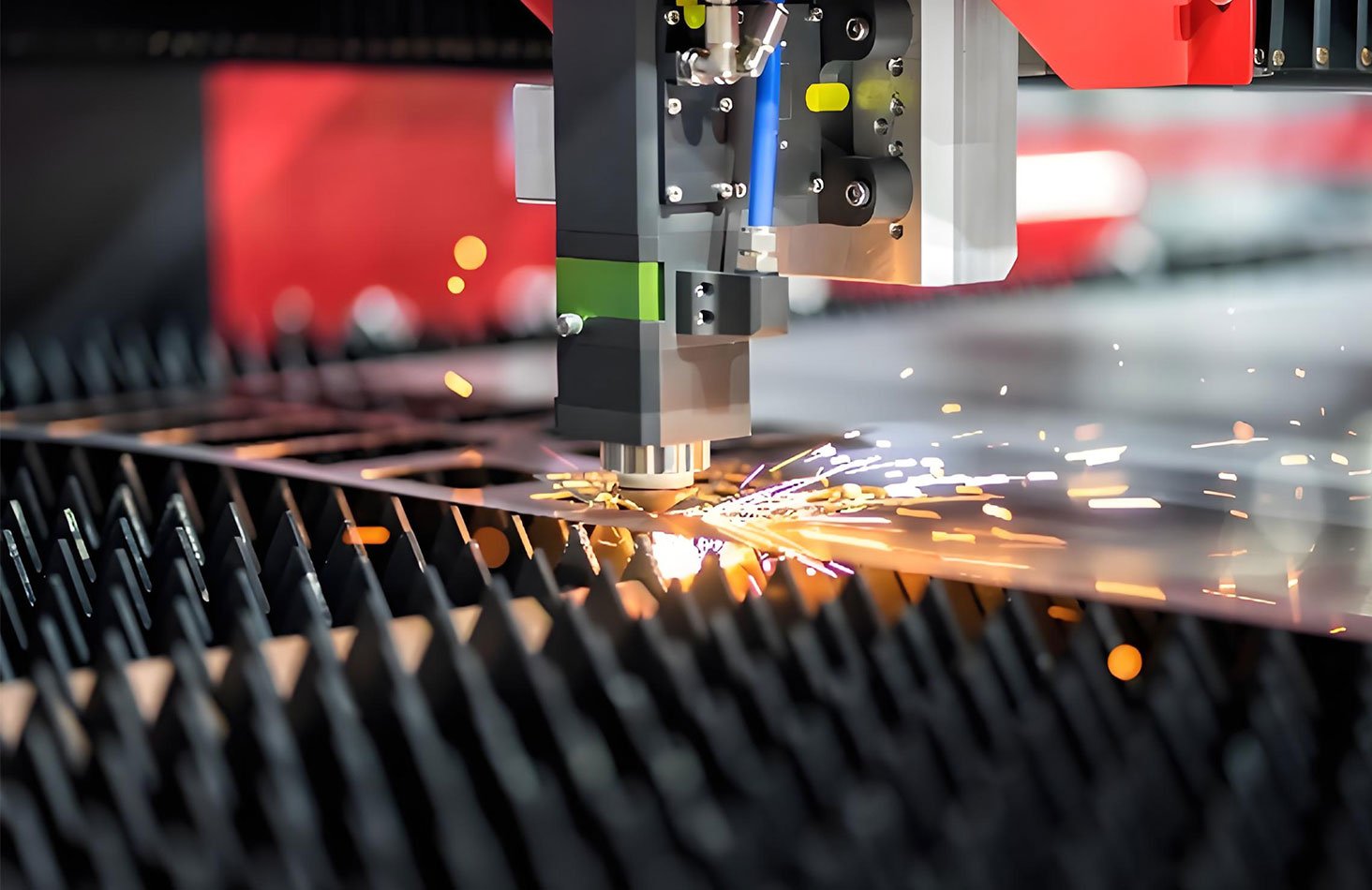
4. Laser Cutting:
Laser cutting utilizes a high-powered laser beam to cut and shape mold material with excellent precision. It is commonly used for thin plates or to create intricate patterns in mold components, offering a fast and efficient cutting solution.

5. Milling:
Milling involves the use of a rotating cutting tool, or milling cutter, to remove material from a workpiece. This technique is ideal for machining large, flat surfaces with high accuracy, as well as for creating slots, contours, and other complex features in mold components.
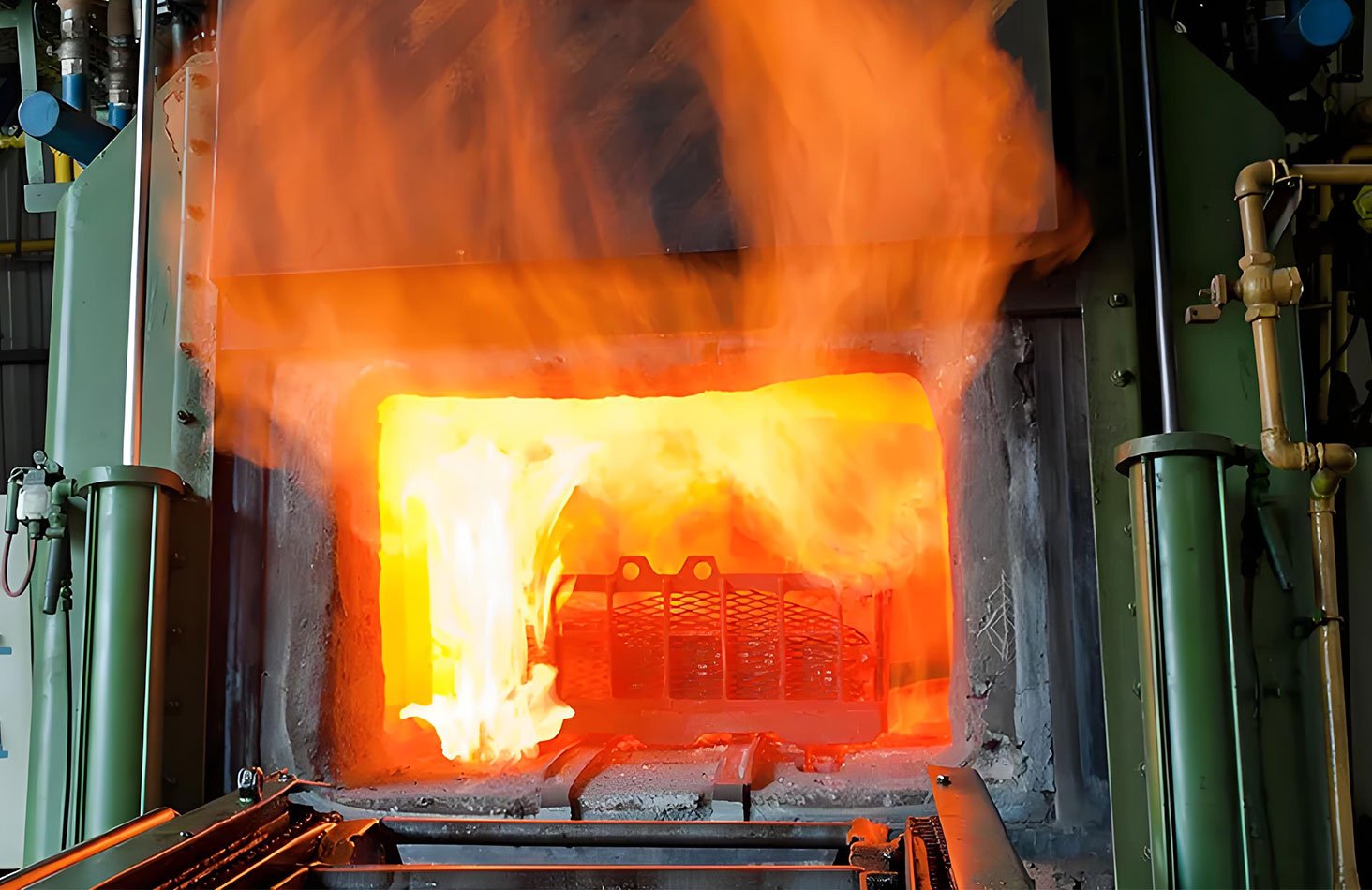
6. Heat Treatment:
Heat treatment processes, such as quenching, tempering, and surface hardening, are used to enhance the properties of mold materials. These treatments improve the durability, wear resistance, and strength of molds, ensuring they meet the demands of high-performance applications.
What are the Manufacturing Processes of Plastic Extrusion Molds?
Plastic extrusion mold manufacturing involves several key processes that transform raw materials into functional molds for plastic extrusion. Below is a detailed breakdown of these processes, combining both general steps and specific considerations to ensure the highest quality and performance:
Step 1: Design and Engineering:
The design and engineering phase is the first step in plastic extrusion mold manufacturing. Detailed designs are created using CAD (Computer-Aided Design) software, and simulations are conducted to ensure the mold can meet product specifications and handle material flow and thermal stresses. During this phase, considerations include the type of plastic, its viscosity, product dimensions, tolerances, and compatibility with the extrusion machine. The finalized design must minimize defects and optimize the production process, ensuring efficient and smooth manufacturing.
Step 2: Material Selection:
Choosing the right material for the mold is crucial to ensure durability, wear resistance, and the ability to withstand the high pressures and temperatures encountered during extrusion. Commonly used materials include tool steels like P20, H13, or stainless steel. When selecting materials, factors like the operating temperature and pressure, the type of plastic being used, and the balance between cost and performance must be considered. High-quality materials ensure the mold’s longevity and stability under demanding conditions.
Step 3: Machining:
After the design and material selection are completed, the mold enters the machining phase. High-precision machining techniques, including CNC milling, turning, drilling, and EDM (Electrical Discharge Machining), are used to manufacture the mold components. These methods ensure the mold meets dimensional accuracy requirements, with EDM being particularly useful for intricate details. It’s essential to achieve smooth surface finishes to minimize plastic adhesion during extrusion and ensure efficient production.
Step 4: Heat Treatment:
Heat treatment is a crucial step for enhancing the strength and wear resistance of the mold. Common heat treatments include quenching, tempering, and nitriding, which improve the mold’s hardness and enable it to withstand high pressures and temperatures during the extrusion process. It’s essential to balance hardness with toughness to avoid brittleness. Minimizing distortion during the treatment process is key to maintaining the mold’s precision.
Step 5: Polishing and Finishing:
After heat treatment, the mold undergoes polishing and surface finishing. Internal surfaces are polished to improve plastic flow and product surface quality. Coatings such as chrome or nickel may also be applied to enhance resistance to corrosion and wear. The smoothness of the mold’s surface directly affects its performance and longevity, while the coating helps prevent corrosion and abrasion, ensuring the mold remains durable throughout its lifecycle.
Step 6: Assembly:
Once all components are machined and finished, the mold is carefully assembled. This includes aligning mold cavities, inserts, and other parts to ensure everything fits together correctly. Fasteners and seals are applied to ensure the mold is leak-proof and maintains the integrity of the flow paths during extrusion. It’s important to adhere to tight tolerances during assembly to avoid issues in production, ensuring that the mold will function properly under operational conditions.
Step 7: Testing and Validation:
After assembly, the mold undergoes testing in actual extrusion conditions using sample materials. The purpose of testing is to identify any issues such as uneven flow, leaks, or dimensional inaccuracies. If any problems are detected, the mold design or process parameters are adjusted to resolve them. Through rigorous testing and refinement, the mold is validated to meet production requirements, ensuring consistent and high-quality output.
Step 8: Maintenance and Documentation:
To ensure the mold performs reliably over time, a maintenance schedule is developed. Regular cleaning, lubrication, and inspections are essential, and worn-out components must be replaced promptly. Detailed documentation of design files, machining parameters, and maintenance records is also kept for future reference. Good maintenance practices help minimize downtime and extend the mold’s lifespan, ensuring long-term, efficient production.
How Are Extrusion Molds Used Across Different Industries?
Extrusion molds are a versatile and essential tool across many industries for creating a wide range of products. By shaping materials through a die, extrusion molds enable the efficient and continuous production of items with complex cross-sectional profiles. Below is a detailed look at how extrusion molds are used in various sectors.
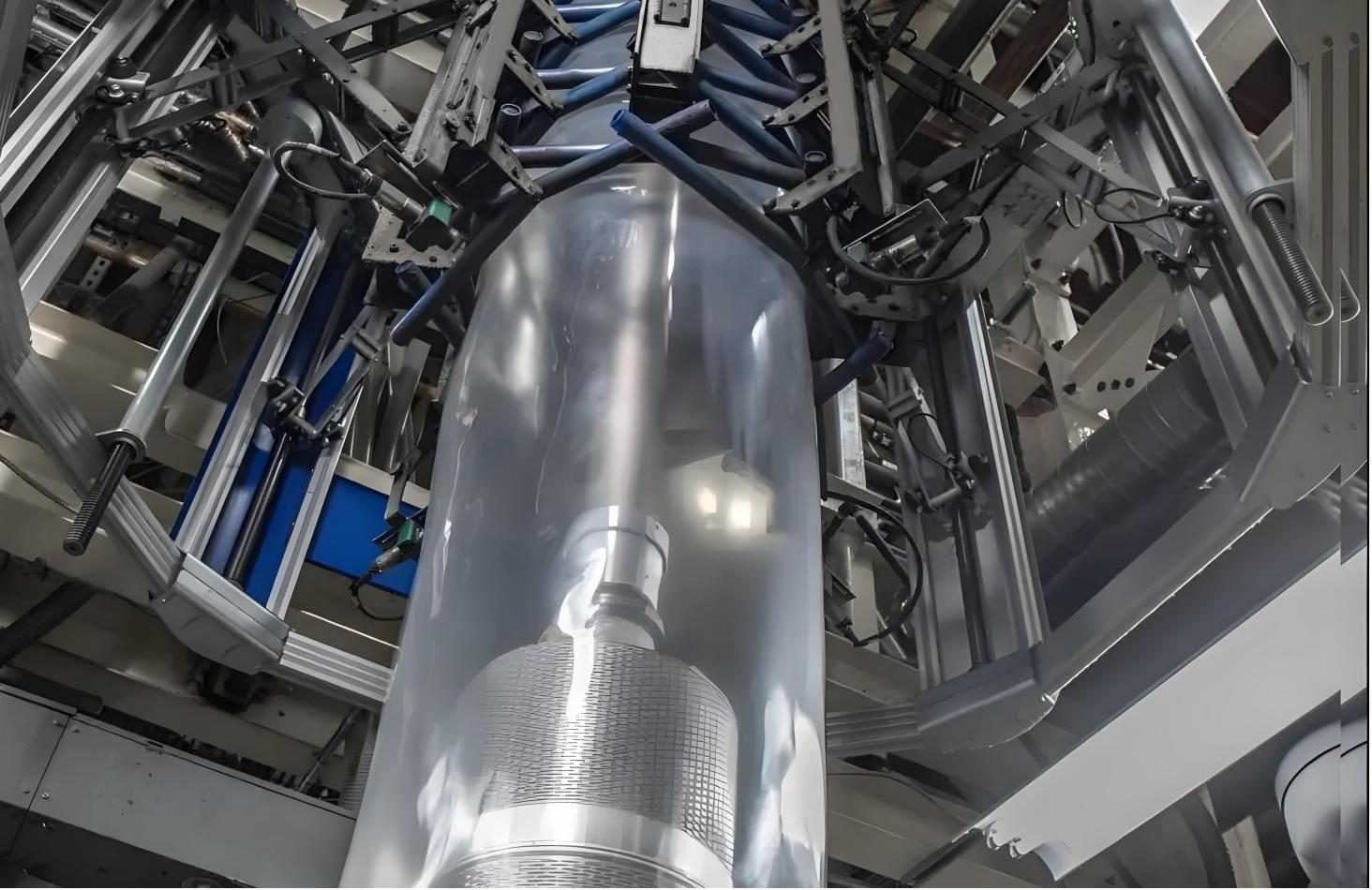
1. Packaging Industry:
In the packaging industry, extrusion molds are used to produce various plastic packaging materials, including bottles, containers, and tubes for food, beverages, and personal care products. Common materials include polyethylene (PE), polypropylene (PP), and PET, which are ideal for creating lightweight, flexible, and cost-effective packaging solutions. The extrusion process ensures high-volume production with minimal waste, meeting the industry's demand for mass-produced items with consistent quality.
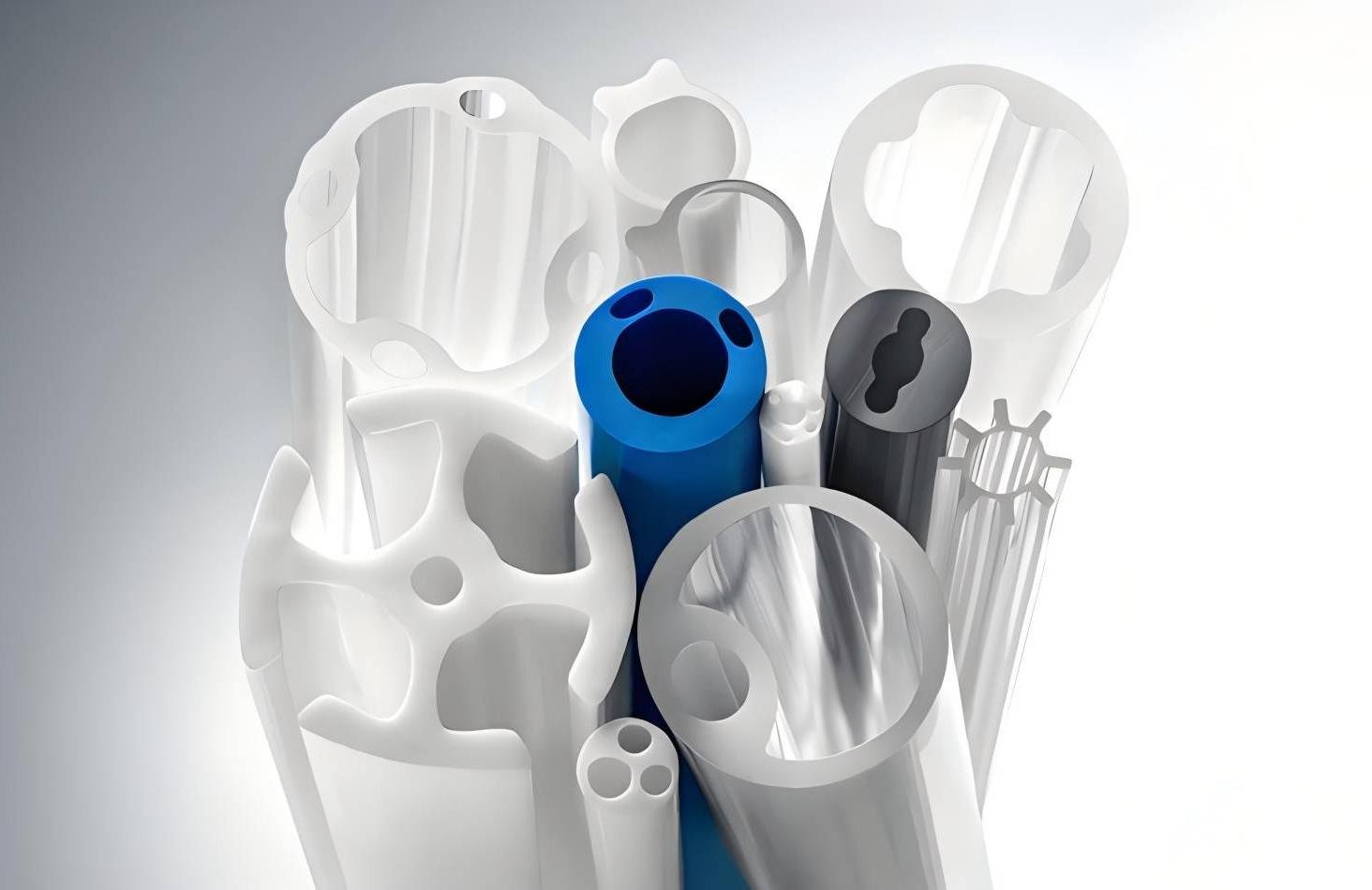
2. Medical Industry:
Extrusion molds are essential in the medical industry for producing devices such as catheters, guidewires, surgical tubing, and implantable devices. Materials like PVC, polyethylene (PE), and polypropylene (PP) are commonly used due to their biocompatibility and durability. The precision of extrusion ensures that medical components meet the strict regulatory standards for safety, hygiene, and performance, making them crucial for the production of reliable and high-quality medical products.
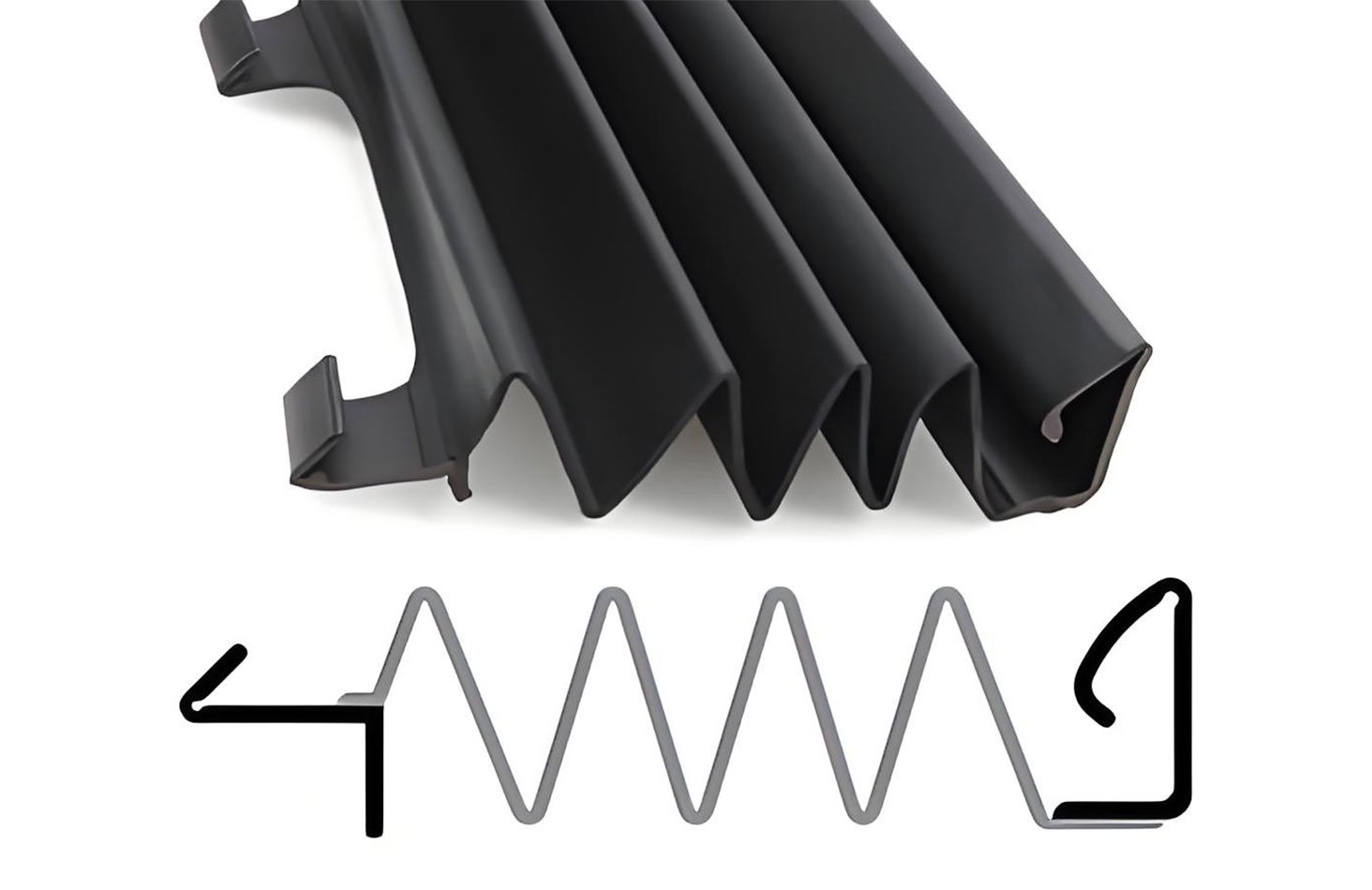
3. Automotive Industry:
In the automotive sector, extrusion molds are used to manufacture lightweight yet durable components such as fuel lines, brake lines, air ducts, window frames, and weather seals. The materials used include aluminum, PVC, and various thermoplastics. These materials offer strength while maintaining a low weight, which improves vehicle performance and fuel efficiency. The extrusion process allows for the production of parts with intricate shapes and profiles, critical for modern automotive designs.
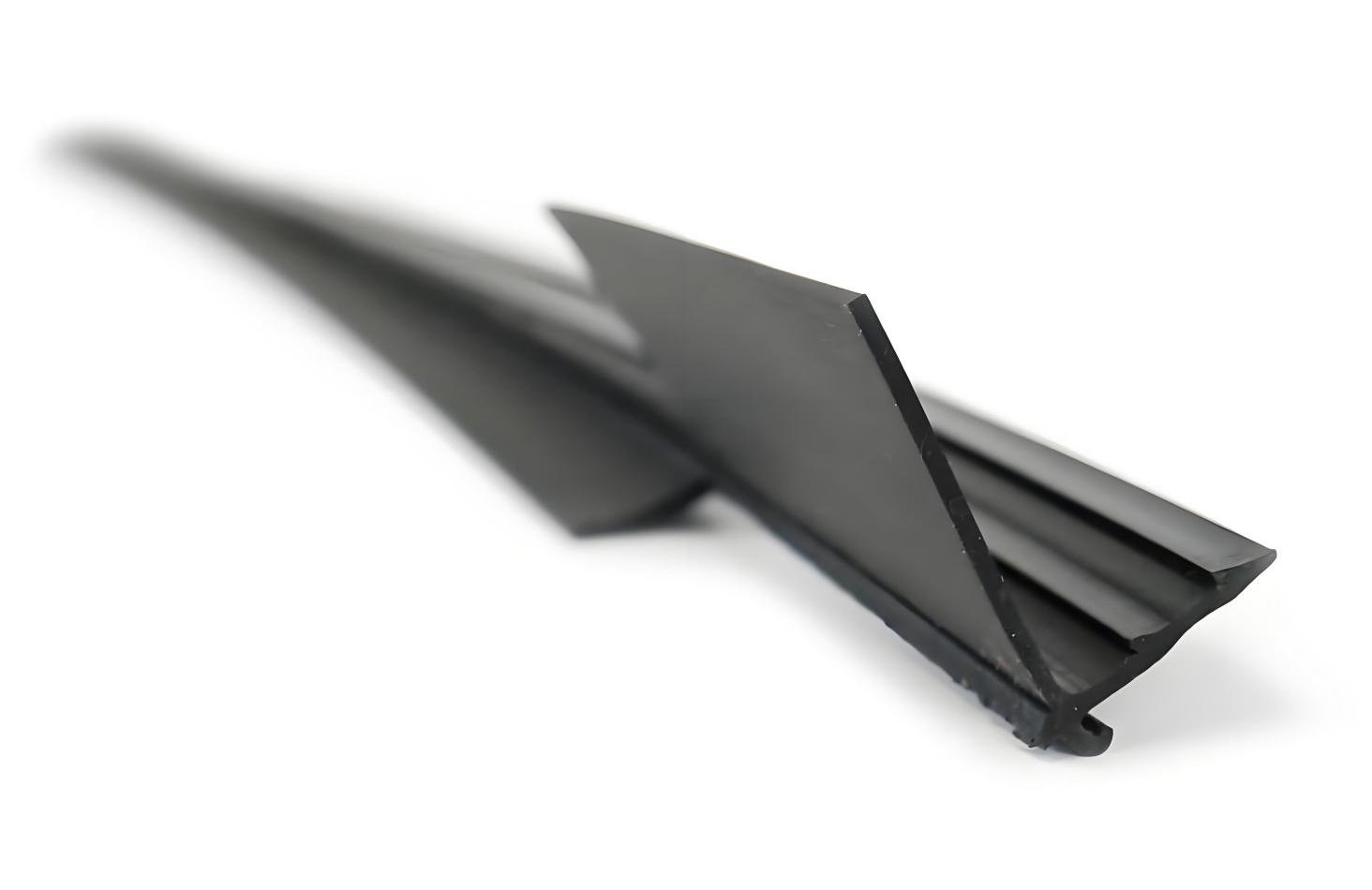
4. Aerospace Industry:
Extrusion molds in the aerospace industry are employed to create lightweight, high-strength components like fuel lines, hydraulic lines, and structural elements. Materials like aluminum, titanium alloys, and specialized polymers are used to meet the stringent performance requirements of aerospace applications. The precision and reliability of the extrusion process ensure that aerospace components are both lightweight and durable, contributing to improved efficiency and safety in aircraft design.
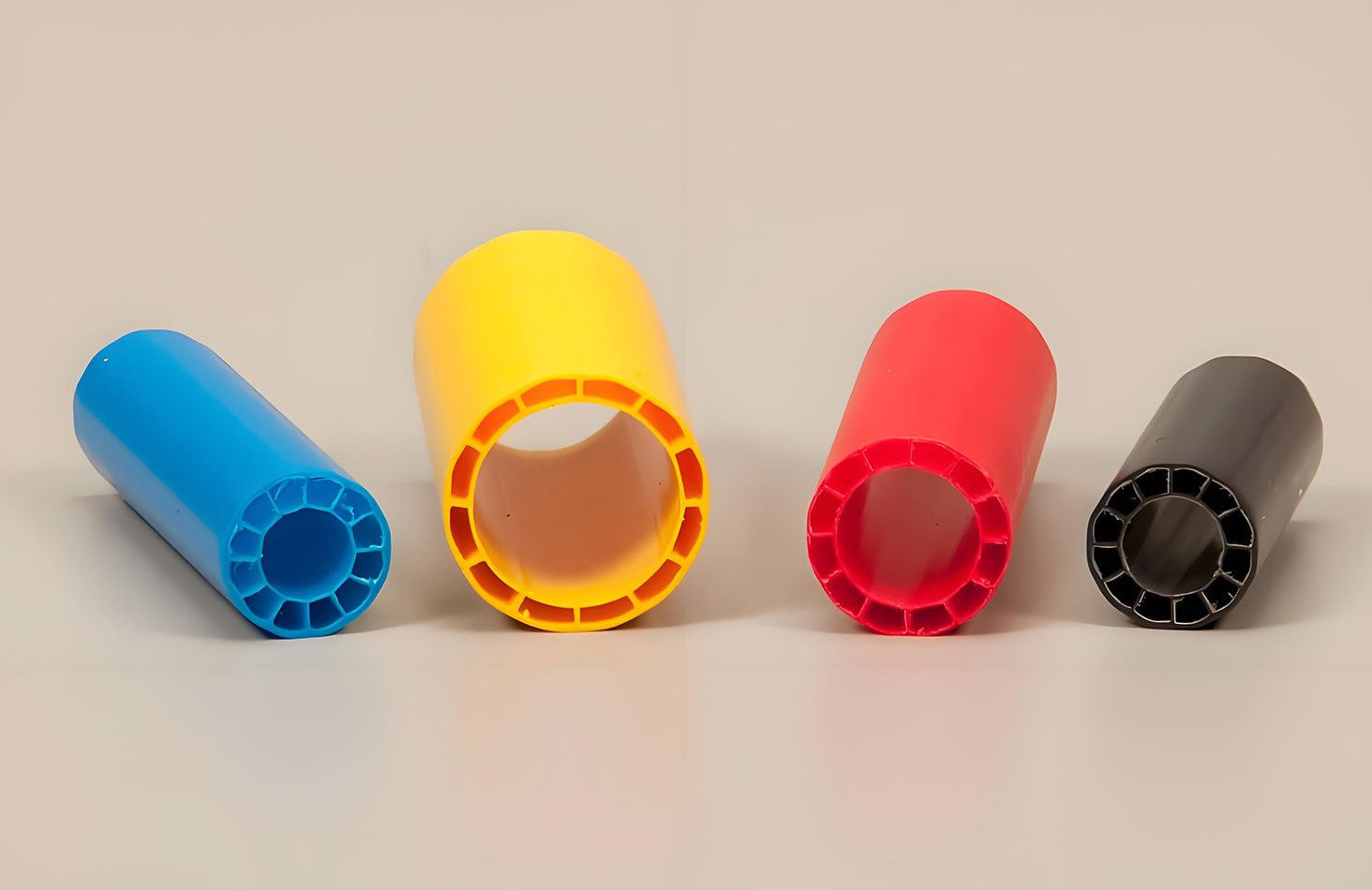
5. Consumer Goods Industry:
Extrusion molds are widely used in the consumer goods industry to produce everyday products such as toys, household items, furniture components, and packaging films. Materials like PVC, PET, and polystyrene (PS) are typically used, offering a balance of durability, flexibility, and cost-effectiveness. The extrusion process enables the mass production of lightweight, durable, and aesthetically diverse consumer goods, catering to the high demand for consistent quality and design.

6. Textiles Industry:
In textiles, extrusion molds create synthetic fibers, yarns, and fabrics used in clothing, upholstery, and industrial textiles. Materials like polyethylene terephthalate (PET), nylon, and acrylic are commonly used due to their strength, flexibility, and ability to be spun into fine threads. The extrusion process ensures continuous production of fibers and fabrics, which can be woven or knitted to create versatile and durable textile products.
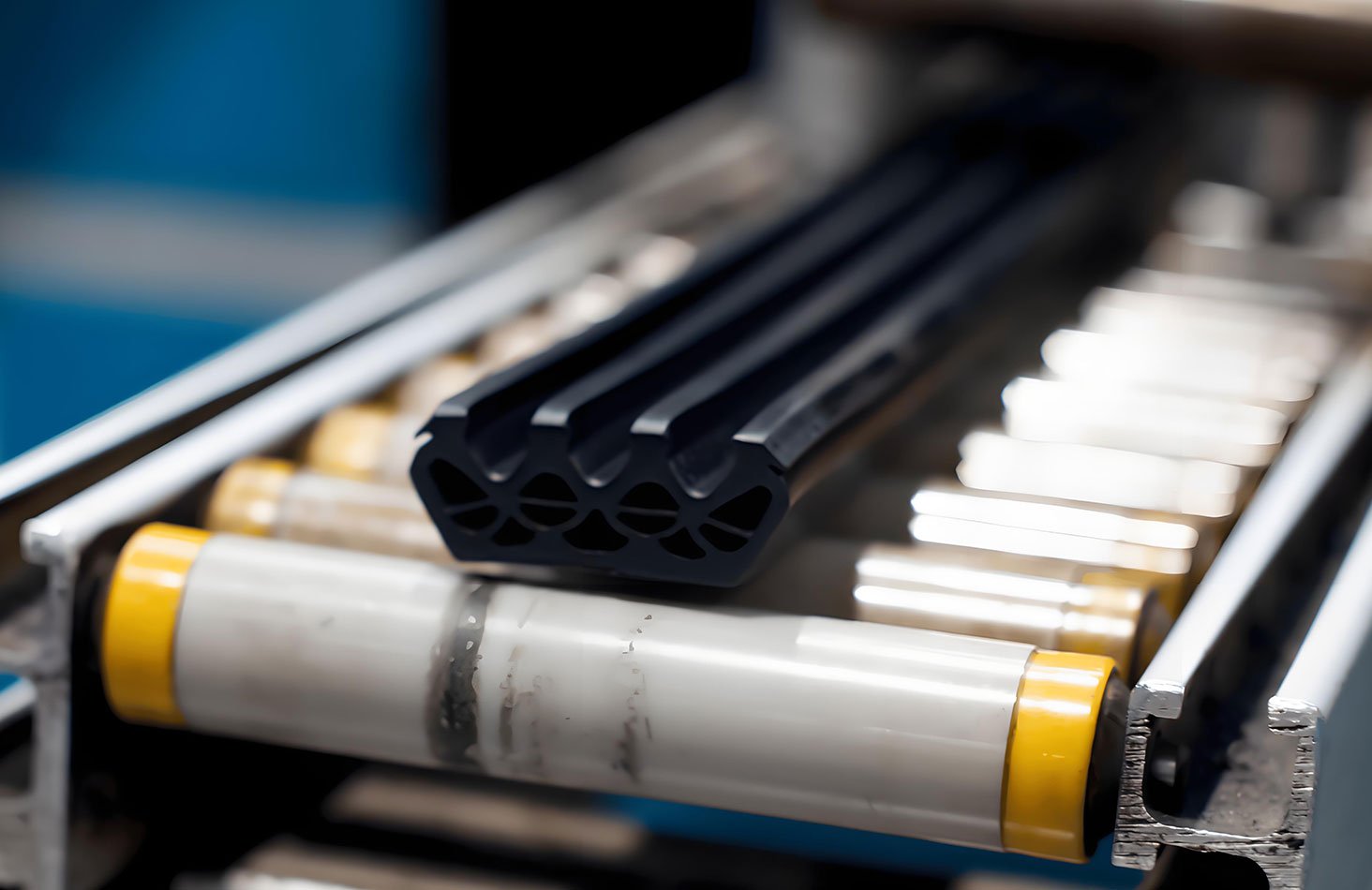
7. Marine Industry:
In the marine industry, extrusion molds are used to create components such as plumbing fixtures, ventilation systems, and structural parts for boats and ships. Materials like corrosion-resistant aluminum are commonly used to withstand the harsh marine environment. The extrusion process provides a durable, lightweight solution for creating parts that must endure exposure to water and other challenging conditions.

8. Construction Industry:
In construction, extrusion molds are used to produce materials like pipes, window frames, door frames, and structural components, including beams and channels. Common materials used are PVC, aluminum, and steel. The extrusion process allows for the production of long, continuous sections with custom profiles, making it ideal for creating building components that require both strength and durability, as well as minimizing material waste during manufacturing.

9. Electrical and Electronics Industry:
Extrusion molds play a vital role in the electrical and electronics industry, where they are used to create components such as heat sinks, wire insulation, cable jackets, and enclosures for electronic devices. Materials such as thermoplastics and aluminum are commonly used to ensure durability, flexibility, and electrical insulation. The precision of extrusion ensures that these components are produced with uniformity and meet the required specifications for performance and safety in electrical systems.
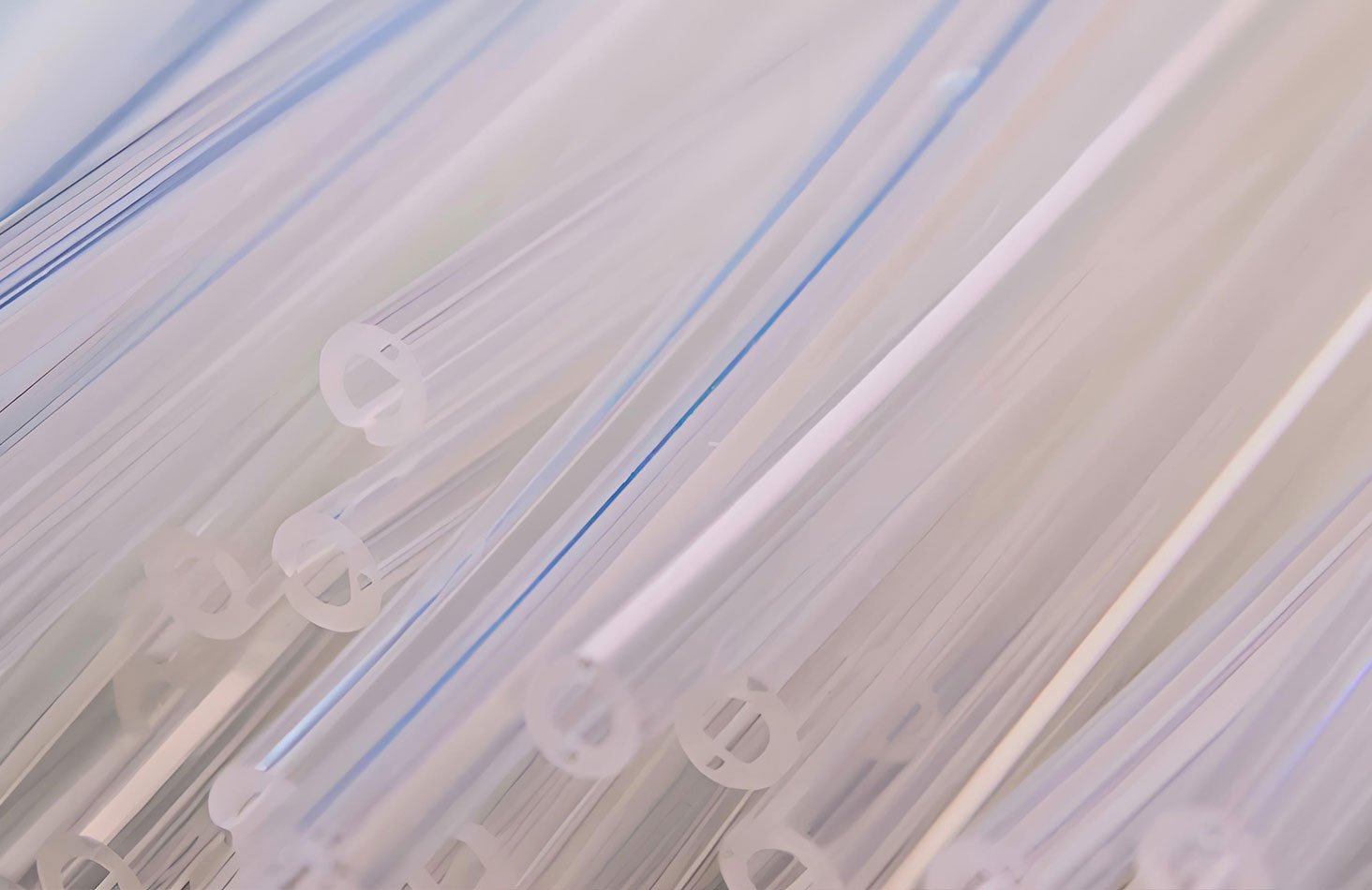
10. Pharmaceuticals Industry:
In the pharmaceutical industry, extrusion molds are used to produce products like tablet casings, capsules, and syringes. The materials used include thermoplastics like PVC, which provide the necessary properties for producing medical-grade products. The extrusion process is essential in ensuring that pharmaceutical components are produced with high accuracy and meet stringent hygiene and safety standards, ensuring that each product is reliable and safe for medical use.
FAQs FOR CLIENT
Getting Started with Uplastech
Have questions? We have answers.
We specialize in extrusion processes and precision mold-making, offering customized solutions to meet your manufacturing needs.
We work with various industries, including automotive, electronics, and consumer goods, focusing on B2B partnerships.
Yes, we tailor our solutions to fit your unique requirements.
Get In Touch
Feel free to email us or fill out the form below to get a quote.
Email: uplastech@gmail.com





